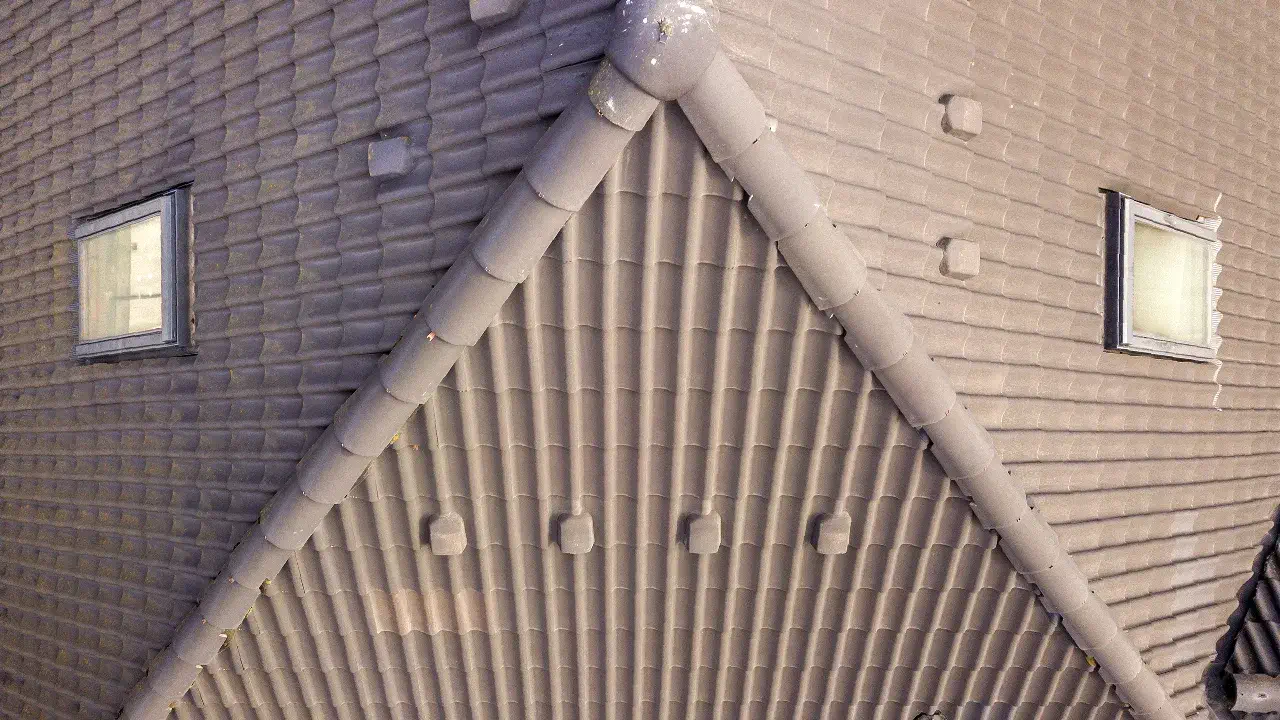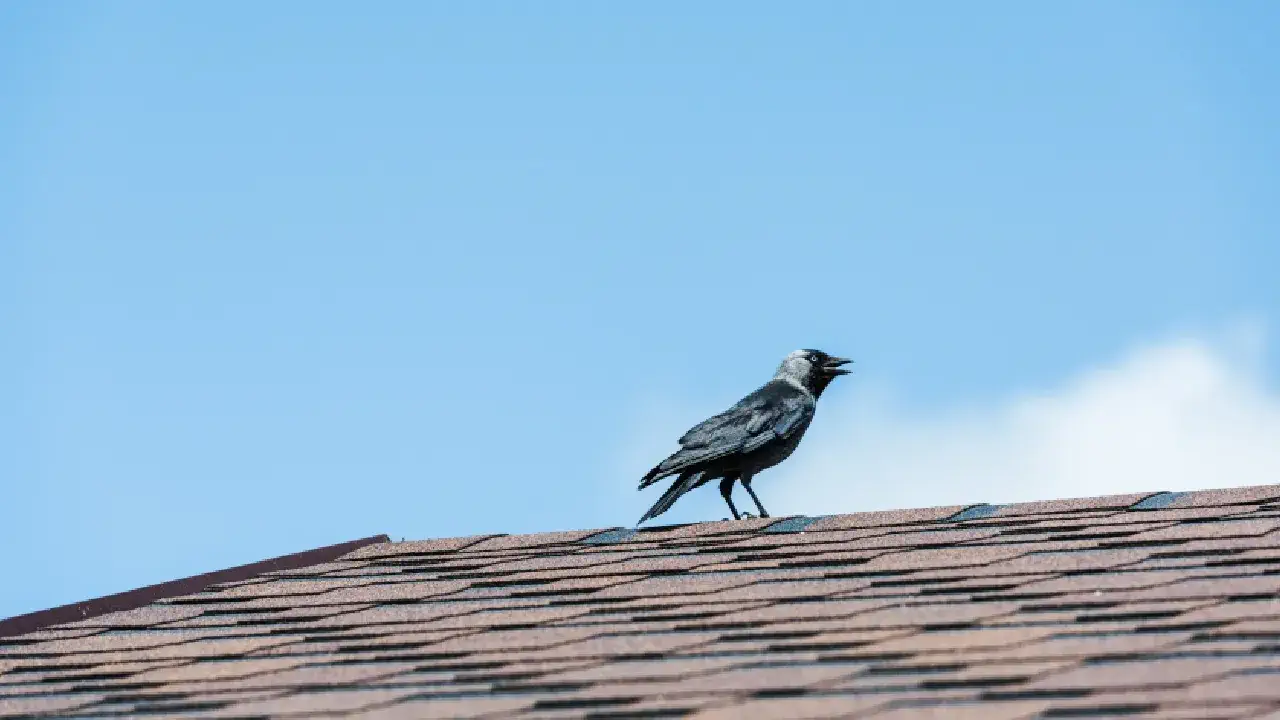Ventilation in the context of roofing refers to the deliberate and controlled exchange of air within the attic or roof space of a building. Proper roof ventilation is essential for maintaining a healthy and functional roofing system. It involves the movement of air to regulate temperature, reduce moisture buildup, and prevent various issues that can affect the roof and the structure beneath it.
There are two main types of ventilation in roofing:
- Intake Ventilation: This refers to the entry of fresh air into the attic or roof space. Intake vents are typically located along the eaves (the lower edges of the roof) or in the soffits. Intake vents allow cool, outdoor air to enter and replace warmer air inside the attic.
- Exhaust Ventilation: This involves the expulsion of warm or moist air from the attic to the outside. Exhaust vents are usually located near the roof’s peak, such as ridge vents, roof louvers, or gable vents. These vents allow hot air to escape, promoting proper air circulation.
The benefits of proper roof ventilation include:
- Temperature Regulation: Ventilation helps regulate attic temperature by allowing hot air to escape during warmer months. This can prevent excessive heat buildup, reducing the load on air conditioning systems and prolonging the life of roofing materials.
- Moisture Control: Adequate ventilation helps prevent condensation and moisture buildup in the attic. Moisture can lead to issues such as mold growth, wood rot, and insulation deterioration. Ventilation allows for the release of humid air, reducing the risk of these problems.
- Ice Dam Prevention: In colder climates, ventilation plays a role in preventing ice dams, which form when snow on the roof melts and refreezes near the eaves. Proper ventilation helps maintain a consistent roof temperature, minimizing the conditions conducive to ice dam formation.
- Energy Efficiency: Well-designed roof ventilation can contribute to overall energy efficiency in a building. By moderating attic temperatures, ventilation helps reduce the need for excessive heating or cooling, leading to energy savings.
Common types of roof ventilation systems include:
- Ridge Vents: Installed along the peak of the roof, ridge vents provide a continuous exhaust point for warm air. They are often combined with soffit vents for a balanced intake and exhaust system.
- Soffit Vents: Soffit vents are installed in the eaves or along the soffits, allowing fresh air to enter the attic. They work in conjunction with ridge vents to facilitate proper air circulation.
- Gable Vents: Gable vents are placed on the exterior walls near the roof’s gables. They allow warm air to escape and promote cross-ventilation.
- Roof Louvers: Roof louvers are static vents installed on the roof surface. They come in various styles and designs, providing an exhaust point for warm air.
Proper roof ventilation is a critical aspect of maintaining a healthy and functional roofing system. It contributes to the longevity of roofing materials, energy efficiency, and the overall well-being of the building’s structure. The specific ventilation requirements may vary based on factors such as climate, roofing materials, and building design.



